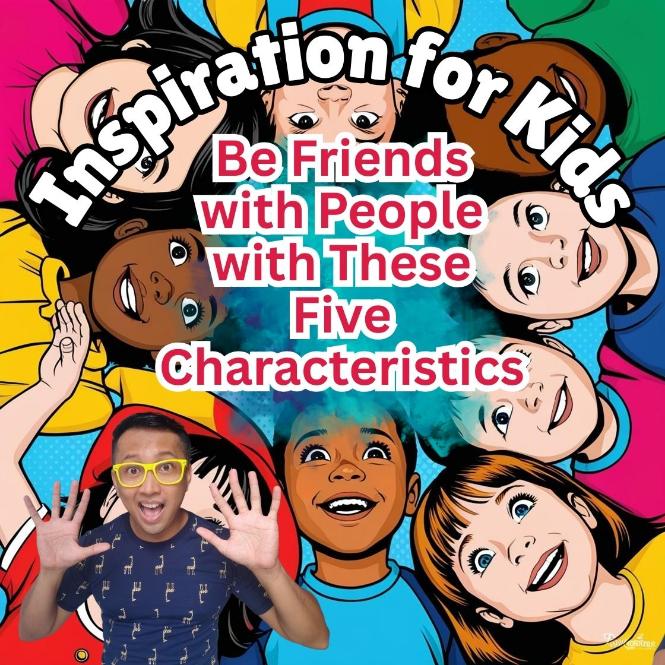I. Introduction to the Bottom, Basic, and Dirtiest
II. The Basics of the Bottom, Basic, and Dirtiest
III. Benefits of the Bottom, Basic, and Dirtiest
IV. Examples of the Bottom, Basic, and Dirtiest
V. Conclusion: The Bottom, Basic, and Dirtiest
I. Introduction
A. Definition of “the bottom, the basic, the dirtiest”
B. Overview of article
II. What to Know About the Bottom, the Basic, and the Dirtiest
A. The Bottom
B. The Basic
C. The Dirtiest
III. Tips for Using the Bottom, the Basic, and the Dirtiest
A. Use the Bottom to Contrast the Basic
B. Use the Basic to Accent the Dirtiest
C. Find the Right Balance Between the Three
IV. Conclusion
A. Summary of the main points discussed in the article
B. Encouragement for readers to experiment with different techniques and take risks when creating art.
1. Learn the basics of different dance styles.
2. Develop an understanding of dance choreography.
3. Demonstrate the ability to learn and perform dance routines.
4. Understand the importance of timing and rhythm in dance.
5. Develop the necessary coordination and flexibility to dance.
6. Recognize the importance of proper body alignment and posture.
7. Utilize dance as a form of exercise and to improve physical fitness.
8. Adapt and adjust dance movements to fit different music genres.
9. Analyze the key elements of a dance routine and apply them to create original choreography.
10. Develop an understanding of the basics of musicality in dance.








